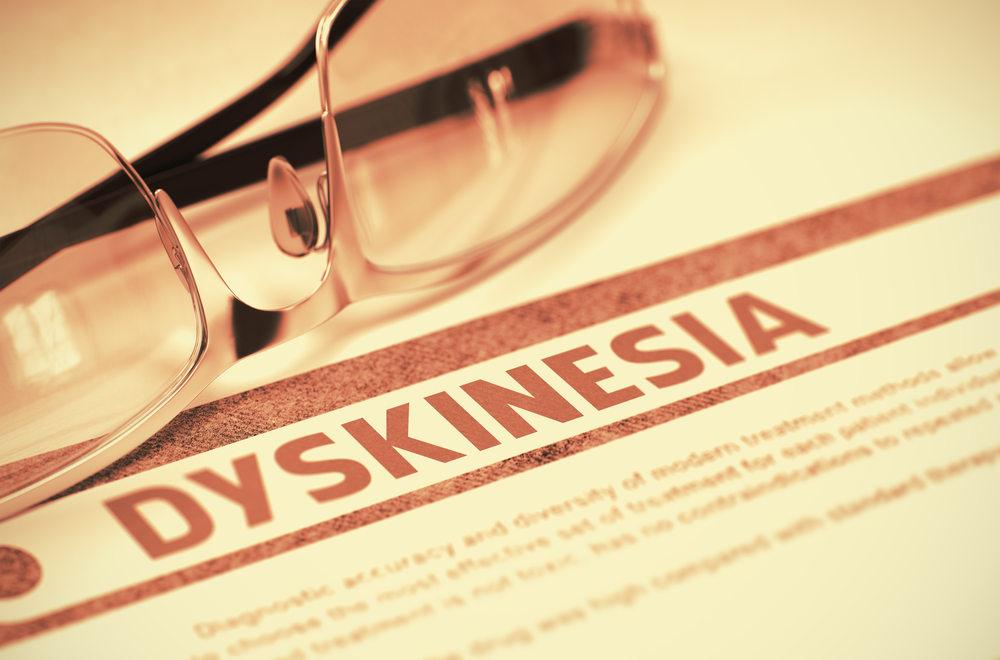Treatment methods for Parkinson’s related dyskinesia
Parkinson’s disease can cause both physical and non-motor symptoms. These may include rigidity, tremor, memory problems, stiffness, and anxiety. However, despite the advances in the field of medications, the medicinal drugs used to manage Parkinson’s often cause side effects. People often confuse between dyskinesia and Parkinson’s. While Parkinson’s is a disease, dyskinesia is the side effect of the medicines used to treat Parkinson’s.

Parkinson’s dyskinesia treatment involves:
- A change in medication for Parkinson’s disease
- A new medicine to reduce the quick movements
You can even consider choosing one of the following tips for dyskinesia treatment.
- Visit an experienced and reputed Parkinson’s specialist who will help resolve the issue over a period of time. You may have to visit your doctor often.
- Try and reduce the intake of Levodopa medication which is one of the biggest causes of dyskinesia. You can consider taking small doses of the medication more frequently. However, do consult your doctor before taking this step as stopping Levodopa (Sinemet) completely can be dangerous.
- Avoid taking medicinal drugs such as Entacapone (Comtan). It is believed to worsen the effects of dyskinesia.
- In severe and disabling cases of dyskinesia, your doctor may eliminate MAO-B, Stalevo or Comtan drugs and switch to an only Sinemet regime. A low dose of Sinemet may be prescribed to help patients get relief from dyskinesia. The doctor may recommend a low dose of Sinemet more frequently.
- Although not a viable strategy, patients with severe dyskinesia may be asked to switch to liquid Sinemet.
- For some sufferers, Amantadine may be included in the regimen to help suppress dyskinesia.
- Deep brain stimulation (DBS) may be recommended. DBS involves a surgery and may be recommended to patients having:
-Parkinson’s disease for at least 4 years
-Dyskinesia
-Resistance to medication
DBS not only helps treat Parkinson’s symptoms but also prevents dyskinesia. It also helps ease stiffness, walking problems and tremors.
Continuous infusion of medicine into the patient’s body through a battery powered pump is another option. There are two types of solutions – LCIG (Levodopa/carbidopa intestinal gel) and CSAI ( Continuous subcutaneous apomorphine infusion).
It is recommended that you understand the pros and cons of each of the dyskinesia treatment from a specialist doctor. He/she will help you select a treatment that has lesser side effects and also works best for you.











